Key Takeaways
- Evil versions of fighting game characters are created through various mechanics, such as dark energy or outside influences.
- Notable characters like Evil Ryu, Devil Jin, Orochi Iori, Oni, Violent Ken, and Noob Saibot represent the dark sides of iconic fighters.
- False fighters in games like
Super Smash Bros.
serve as evil copies of established characters, often controlled by a higher power.
Fighting games tend to introduce a lot of archetypal characters as their story moves along. A common trope in many games is an “evil” version of a character. There are no definitive circumstances that lead to such a character. Oftentimes, a supernatural force of some sort is involved, but this is by no means a necessity.
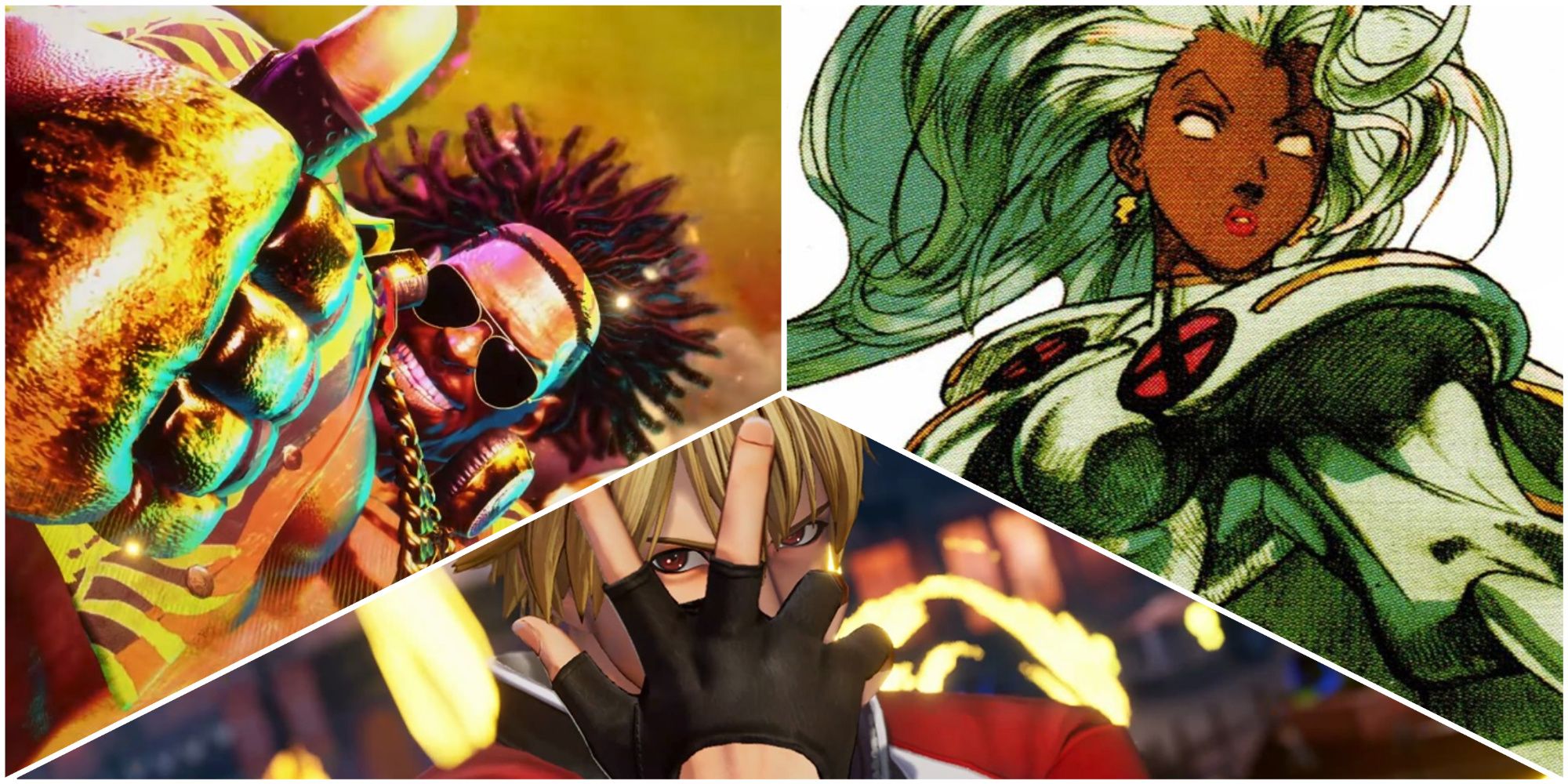
Related
6 Best Glow-Ups in Fighting Games, Ranked
These fighting game characters went from zero to hero over the course of their respective franchises.
Sometimes there is a more conventional reason behind the crafting of such an identity, such as circumstances that make the use of an alias preferable. However they came to be, these characters reflect, in their own way, the darker side to a character, even if some were evil from the start.
8 Evil Ryu
First Appearance: Street Fighter Alpha 2
|
Platforms |
PlayStation 2, PlayStation, Sega Saturn, SNES, PC |
|---|---|
|
Released |
September 30, 1996 |
|
Developer |
Capcom |
Perhaps one of the most well-known characters in this category, Evil Ryu is a “what if?” character not recognized as canonical to Street Fighter lore. He is specifically an alternate version of Ryu who succumbed to the Satsui No Hado, a form of dark energy used commonly by Akuma. The Satsui No Hado is apparently connected to fighting styles crafted with the intent to kill, something retroactively established for the Ansatsuken, the fighting style used by Street Fighter characters known as “Shoto” or “Shotokan.”
Satsui No Hado is itself described as the intent to kill becoming a physical power. Akuma notably holds back his power against most foes; he views them as not powerful enough to kill. His stronger, often unplayable version, known as Shin Akuma, is him fighting at full power. Ryu is ultimately able to reject the Satsui No Hado, instead utilizing the Power of Nothingness (or Kyoi no Hado) to purge it from himself. However, this has led to the evil energy taking on a form of its own, known as Kage.
Kage was shown to have a desire to face off against some of Ryu’s greatest rivals, namely Sagat and Akuma, to prove himself as essential to Ryu’s being. However, due to the fighter’s control over the Power of Nothingness, Kage proved unable to corrupt him.
7 Devil Jin
First Appearance: Tekken 3
Tekken 3
- Released
- March 20, 1997
- Developer(s)
- Namco
Jin Kazama, despite being variably considered a hero or villain depending on how far he is willing to go with his actions, is ultimately recognized as less evil than his father, Kazuya, or grandfather, Heihachi. However, he still has the power of the Devil Gene, which originates from his relation to a clan of assassins known as the Hachijo. One of their number, Kasumi, was romantically involved with Heihachi, but also assigned to assassinate him. She was ultimately killed by her lover, but not before bearing Kazuya.
The Devil Gene was inherited by Kazuya, in a manner that seemingly corrupted his entire being. However, after a liaison with a woman known as Jun Kazama, this control was challenged in various ways. Their son, Jin, inherited the Devil Gene, allowing him to also tap into its powers, and take away half of the Devil from Kazuya. While Kazuya’s Devil Gene seems firmly in control of him, Devil JIn is a different story, with his own host actively despising this form due to its connection to the hated branch of his family. The Devil Gene’s powers are capable of being neutralized by the Kazama clan, which is presumably the reason why Jun was able to bond with Kazuya.
After acknowledging the Devil Gene as a part of himself, Jin taps into his Kazama heritage to combine it into a new form, known as Angel Jin. This powered-up version of Jin maintains his goal of ridding the world of the Devil Gene, within both himself and Kazuya.
6 Orochi Iori
First Appearance: The King Of Fighters ’97
|
Platforms |
PlayStation, Sega Saturn, Neo Geo CD, Neo Geo AES |
|---|---|
|
Released |
July 28, 1997 |
|
Developer |
SNK |
Iori Yagami is hard to consider “good” on his best days, yet he does show a willingness to set aside his grievances with Kyo Kusanagi for the sake of the greater good. Despite this, he is often an unpleasant figure, prone to fits of violence, and often looking down on others. The Yagami clan, formerly the Yaskani clan, were among those responsible for sealing Yamata No Orochi, alongside the Kusanagi and Yata clans. However, Orochi’s disciples subsequently turned their clan against the Kusanagi clan by framing them as responsible for a murder committed by one of their own. Subsequently, Orochi’s disciples formed a blood pact with the newly rechristened Yagami clan for power. Despite their shared history, Kyo and Iori’s feud seems not to be directly connected to it.
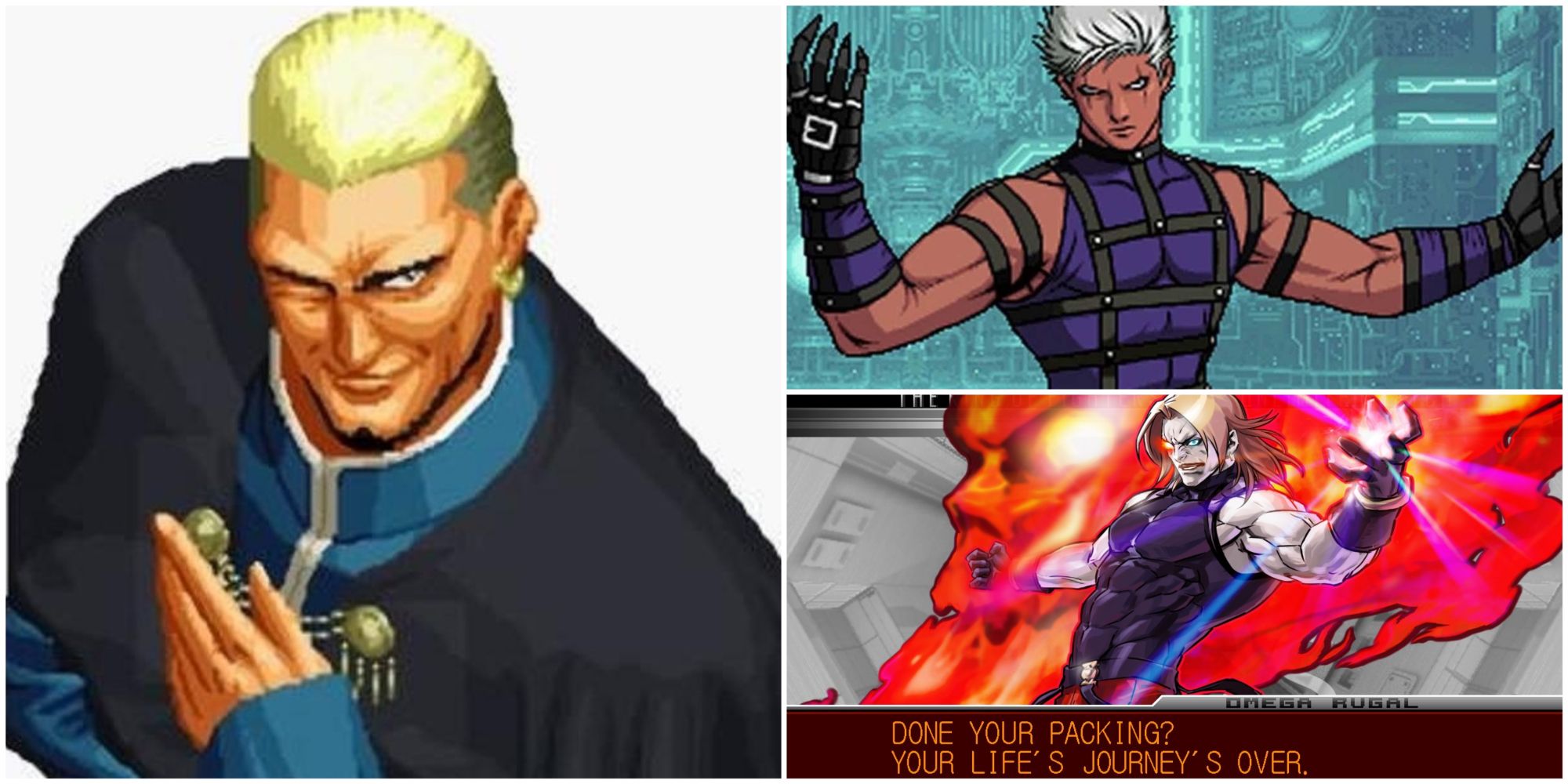
Related
King Of Fighters: Most Difficult Bosses, Ranked
Who are the hardest bosses in the King of Fighters franchise? The following examples are worthy contenders.
That said, when the pair do team up to fight Orochi, Iori is susceptible to the Riot of Blood, an imperfect awakening that results from a being of partial Orochi blood being activated by either Orochi or their disciples. Those who have the blood of Orochi disciples gain incredible power, but at the cost of their sanity. This causes the already unpleasant Iori to become insane, and he struggles with distinguishing friend from foe. Nonetheless, even in this form, Iori has aided in the sealing of Orochi on occasion. Overall, Iori seems willing to aid Kyo in fighting the being again, if the need should arise. Yagami is not the only one susceptible to this influence either. Ikari Warrior, Leona Heidern, who is also of partial Orochi descent, can also be corrupted.
5 Oni
First Appearance: Super Street Fighter 4: Arcade Edition
Despite being considered evil, Akuma is not without morals. He often handicaps himself against opponents he thinks are incapable of handling his full power, and limits himself to those he thinks will provide a level of challenge as fighters. He is a kind of evil distinguished from that of other villains in the Street Fighter series. That said, he is still corrupted by the Satsui No Hado, which drove him to kill his mentor. His involvement was also presumed in the killing of his elder brother, Gouken, although the latter narrowly survived.
Super Street Fighter 4: Arcade Edition introduces another version of Akuma to the series, one who has lost all of his humanity to the Satsui No Hado, known as Oni. This version of Akuma has darker skin, demonic fangs, and a far more muscular physique than his counterpart. Although he seems to be stronger than Akuma, exactly how strong has not yet been determined. Oni is presented in a similar vein to Evil Ryu, as a “what if?” take on an established character. They are also among two of four potential hidden bosses in the game, alongside Shin Akuma and Gouken from other installments of Street Fighter 4. Oni also appears in Asura’s Wrath as one of a few enemies fought in the game’s Street Fighter DLC.
4 Raiden
First Appearance: Fatal Fury: King Of Fighters
Fatal Fury: King of Fighters
- Released
- November 25, 1991
- Developer(s)
- SNK
Not to be confused with the cyborg from Metal Gear Rising: Revengeance, or the thunder god from Mortal Kombat (who also has something of a dark side), Raiden is nonetheless an interesting take on a character with a “good” and “evil” form. However, both of these are kayfabe, to an extent, rather than a genuine moral signifier. In an interesting case, Raiden preceded his heroic counterpart, first appearing as a villain in Fatal Fury: King of FIghters. This Australian pro-wrestler was one of Geese Howard’s top fighters in the original game, under his heel persona. However, he ended up losing and decided to quit being evil. He resurfaced in Fatal Fury 2, this time making use of the face persona, Big Bear.
Aside from a few non-canon appearances in Capcom vs. SNK and its sequel, Raiden is also playable in two installments of the King of Fighters series, with one being canon. In King of Fighters 13, Raiden and his former colleague under Geese, a Muay Thai kickboxer known as Hwa Jai, are thought by taekwondo master Kim Kaphwan to still be evil. This is notable because of Kim’s habit of attempting to reform evil fighters by taking them under his wing. Wanting the boost in reputation that comes from teaming up with the widely recognized martial artist, Raiden revived his “evil” persona to fight alongside Kim in the upcoming King of Fighters tournament. He is not the only wrestler from the Fatal Fury series to have both heel and face personas in different games, as Mexican pro-wrestler Tizoc (also known as The Griffon from Garou: Mark of the Wolves) also debuted his heel persona, King of Dinosaurs, in King of Fighters 14.
3 Violent Ken
First Appearance: Ultra Street Fighter 2: The Final Challengers
Ultra Street Fighter II: The Final Challengers
Sometimes a character is influenced by evil more directly. Violent Ken is one such character. This incarnation of Ken Masters was notably turned evil not by the Satsui no Hado, but by M. Bison’s Psycho Power. This odd incarnation first debuted in SNK vs Capcom: SVC Chaos, a game that received some criticism for its characterization of various Capcom characters. Ken’s apparent envy of Ryu made him more susceptible to Bison’s control.
Opposite Orochi Iori, he is one of two potential foes to be the seventh opponent in the game’s arcade mode. Because this version of Ken is controlled by outside forces, he is able to break free in his own story mode, which ends with a minor alteration of his original story mode ending.
Despite debuting in a game not even developed by Capcom, Violent Ken was later added to Ultra Street Fighter 2: The Final Challengers, a reworking of Street Fighter 2 Turbo, which also features Evil Ryu in its roster. In his own story mode, Violent Ken manages to defeat Bison, despite being controlled by his power, once again breaking free of his influence. This is his sole appearance to date in an incarnation of the proper Street Fighter series.
The most recent appearance of Violent Ken was in Project X Zone 2, an RPG that was once again not developed by Capcom. Here he serves as an enemy, temporarily breaking up his pair unit with Ryu once controlled by Bison. However, Ryu can snap him out of it with a Shin Shoryuken. This is a reference to Ken doing the same to Ryu, once he became Evil Ryu, in Namco X Capcom, a predecessor to Project X Zone 2.
2 Noob Saibot
First Appearance: Mortal Kombat 2
Mortal Kombat 2
- Released
- 1993-11-00
- Developer(s)
- Midway Games
Few things unleash latent evil like death. Sometimes a more evil version of a character is created by bringing them back from the dead. This is a common mechanic in fighting games, as when it gets in the way of a character being playable again, death is of little consequence. Bi-Han, formerly known as Sub-Zero, is one such example.
Although characterized as an antagonistic figure in every iteration, Bi-Han’s villainy becomes far more overt after his death and subsequent resurrection. This results in him becoming a shadowy figure whose name is the surnames of the two Mortal Kombat creators backwards (Ed Boon and John Tobias.) In the first two timelines, Noob Saibot is a servant of Quan-Chi and Shinnok, who comes into conflict with both Scorpion and his younger brother, Kuai Liang, the second Sub-Zero.
In the most recent timeline, the arrogant Bi-Han is not killed, but transformed by the Titan Havik into Noob Saibot. Although Liu Kang succeeds in restoring Bi-Han’s mind, his violent tendencies prove he still retains the same aggressive nature. His ending has him reject servitude to Havik, but still retain the powers he was granted. He resolves to use his new powers to take on the Shirai Ryu, a Lin Kuei recent splinter movement commandeered by Kuai Liang and Tomas, this timeline’s Scorpion and Smoke. In the DLC storyline of Mortal Kombat 1, he is forced into a coma so that the monks can save him, but how much success they will have remains to be seen.
1 False Fighters
First Appearance: Super Smash Bros. Brawl
Sometimes an evil version of a character isn’t that character at all. This is commonly represented in the Super Smash Bros. series, specifically Brawl and Ultimate, in their respective story modes. In both iterations, false characters are treated as separate copies of previously established characters, who tend to serve some greater power.
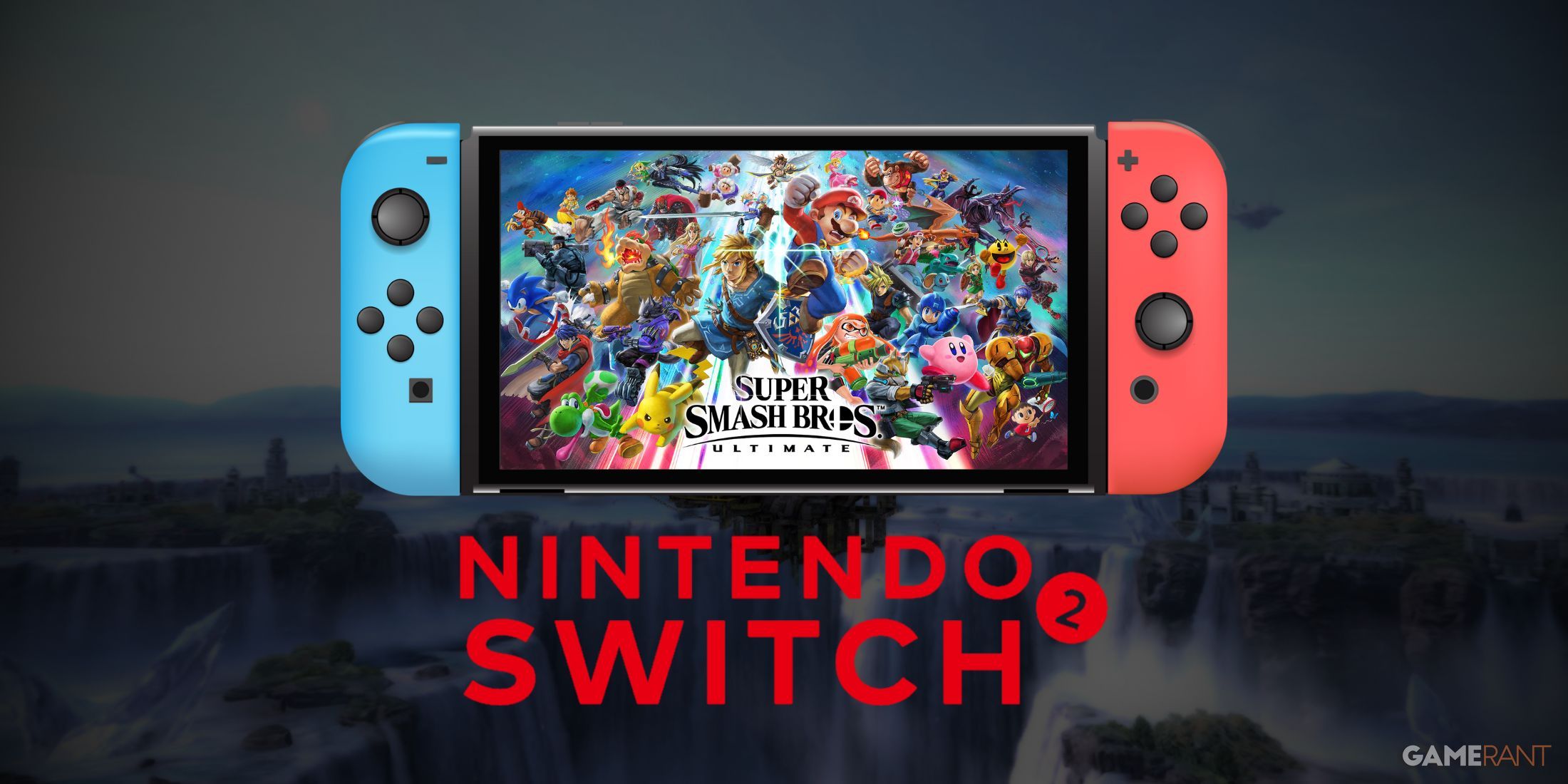
Related
Why the Switch 2’s Backward Compatibility is a Big Deal for Super Smash Bros. Ultimate
Super Smash Bros. Ultimate might have a brighter future with the confirmation of the Nintendo Switch 2 having backward compatibility.
In the Subspace Emissary story mode, the false fighters seen throughout the majority of the campaign are made by shadow bugs, a primordial substance derived from Mr. Game and Watch that can copy any fighter’s appearance. In the final level, The Great Maze, a new batch of false fighters, sporting a green and yellow glow, must be faced alongside several boss characters, before the player can finally defeat Tabuu.
In World of Light in Ultimate, Galeem and Dharkon also use false fighters as some of their many subordinates, which the player must face off against in order to successfully progress throughout the game. They tend to have spirits embedded within them, which the player can claim upon the false fighters’ defeat. Although less common, more traditional fighting games also utilize these kinds of characters, who serve as imperfect, evil clones of others.
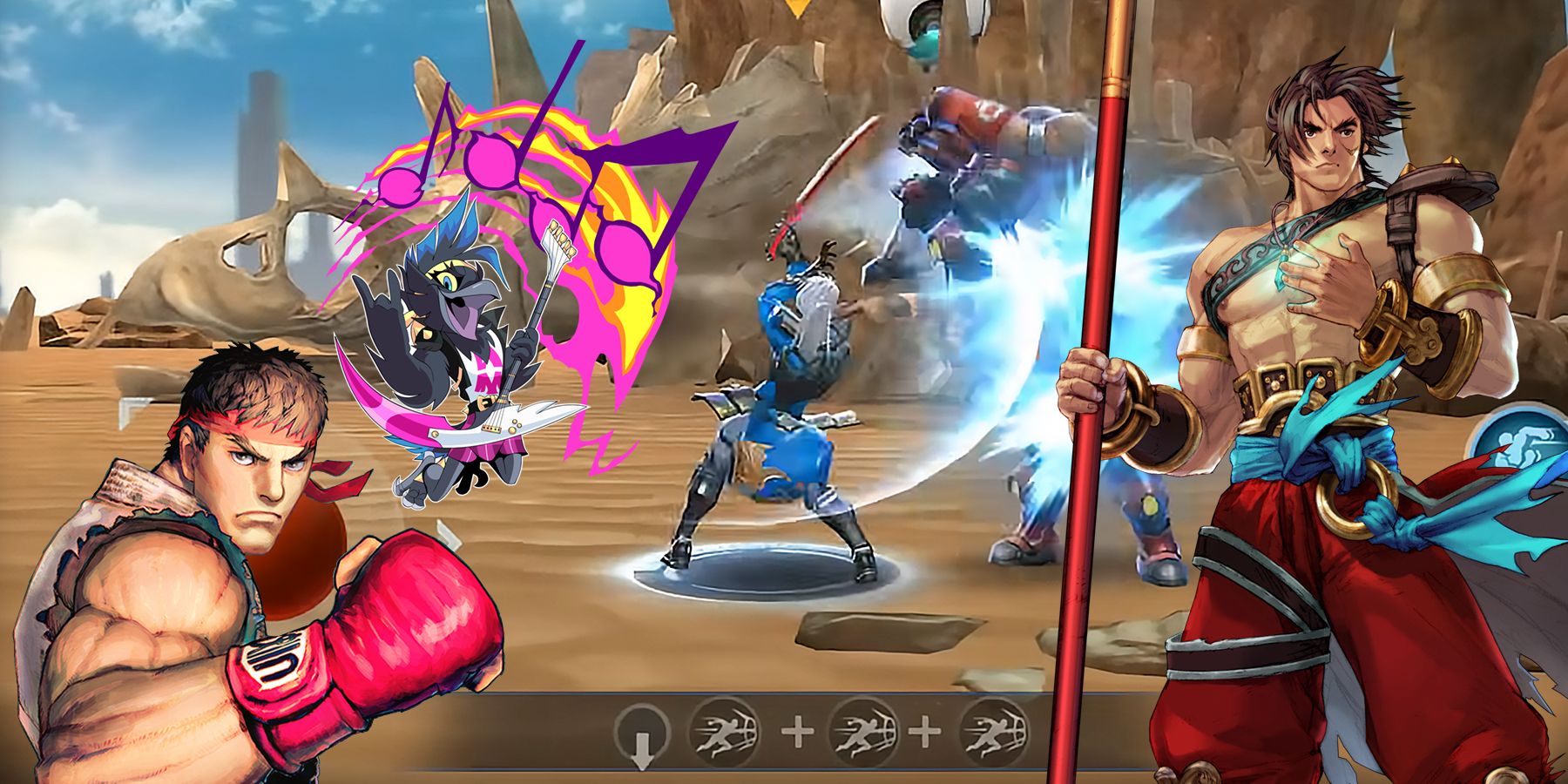
More
The 21 Best Mobile Fighting Games
Mobile fighting games might not have the best reputation, but there are plenty of hidden gems for those willing to look.
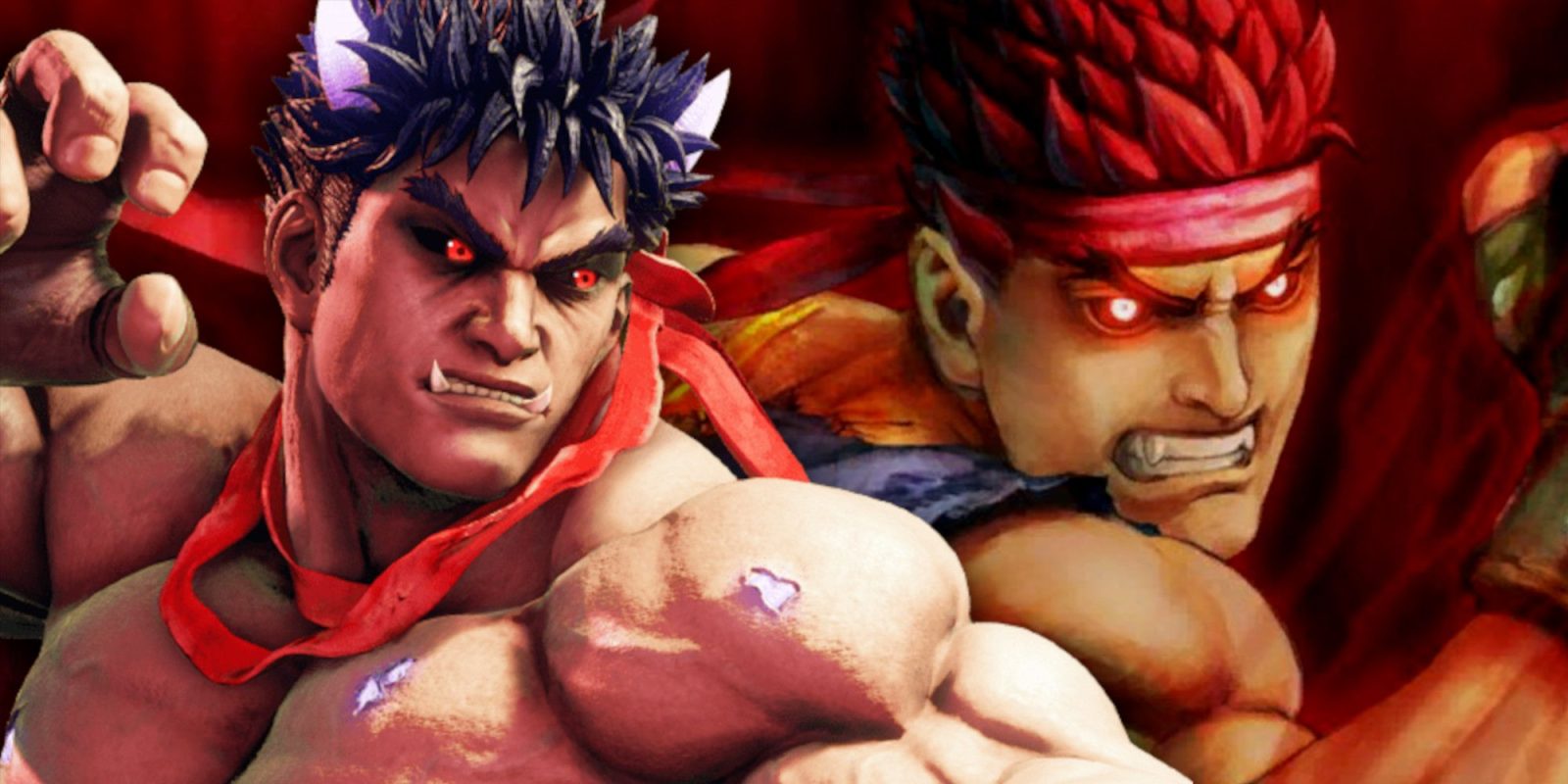
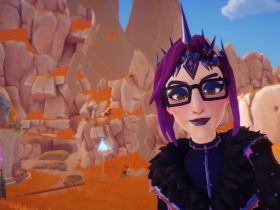
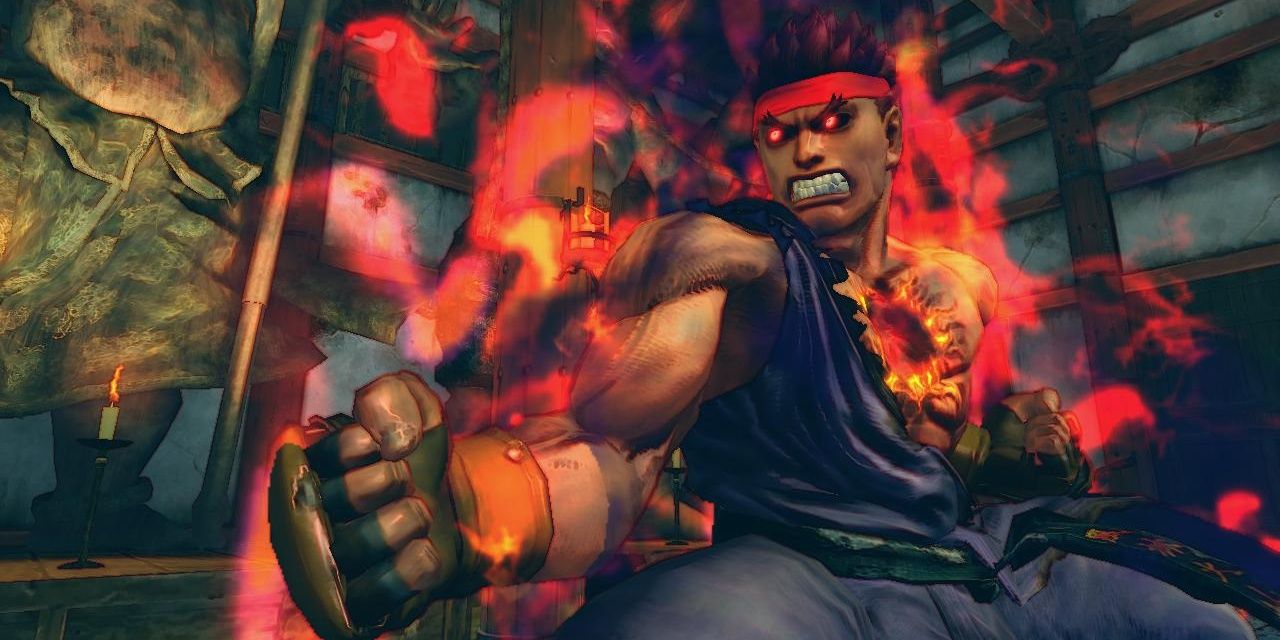
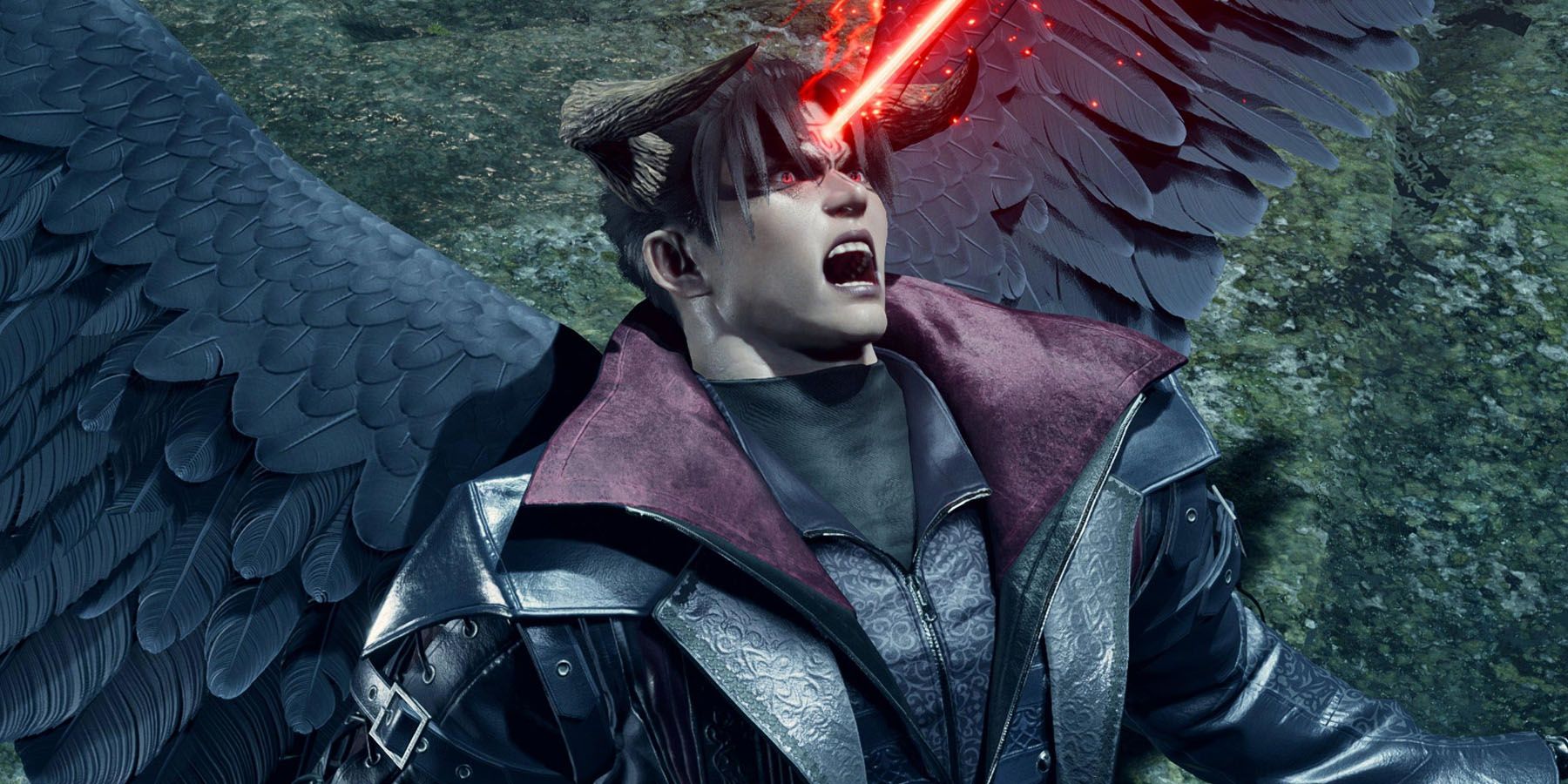
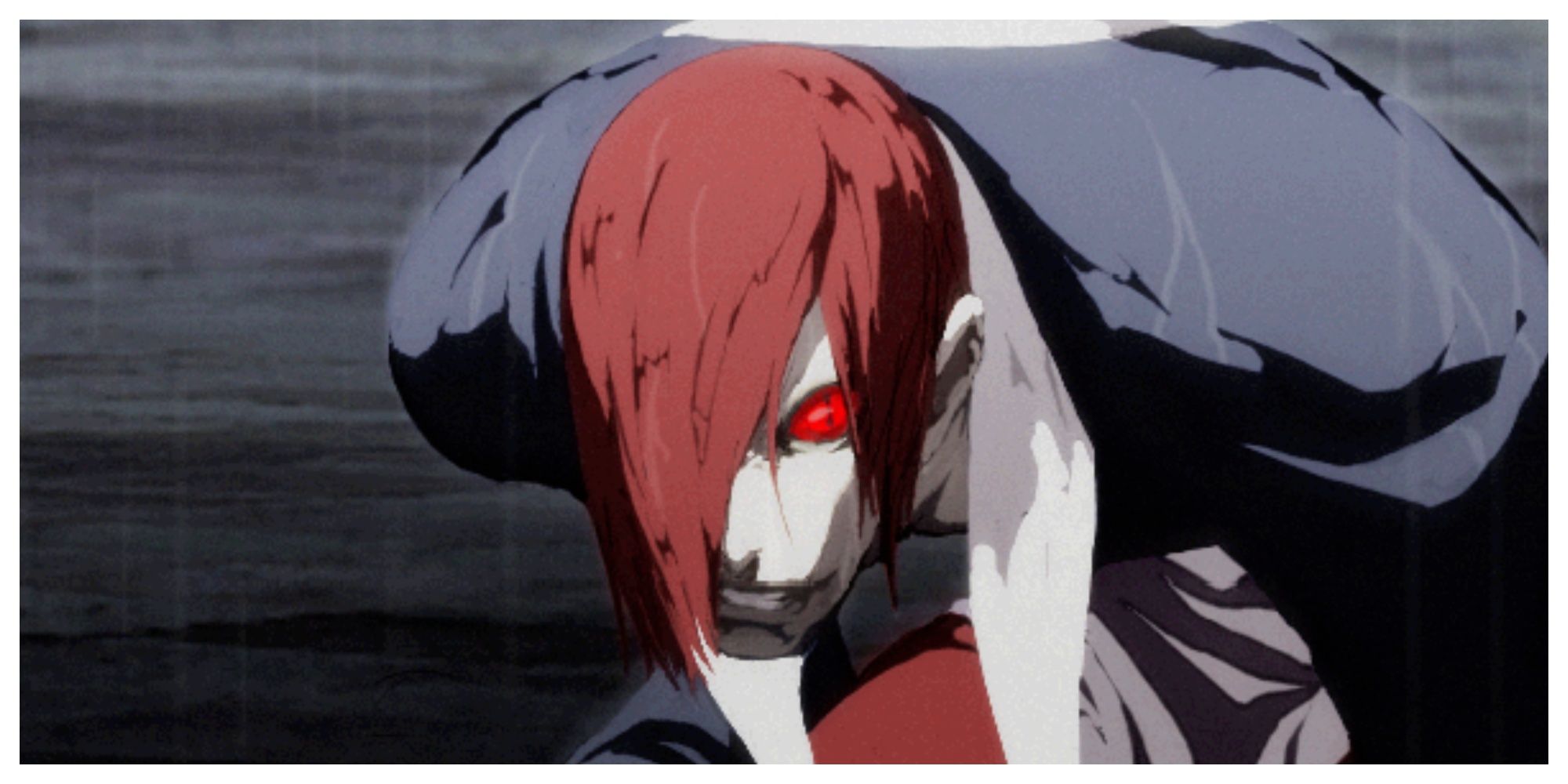

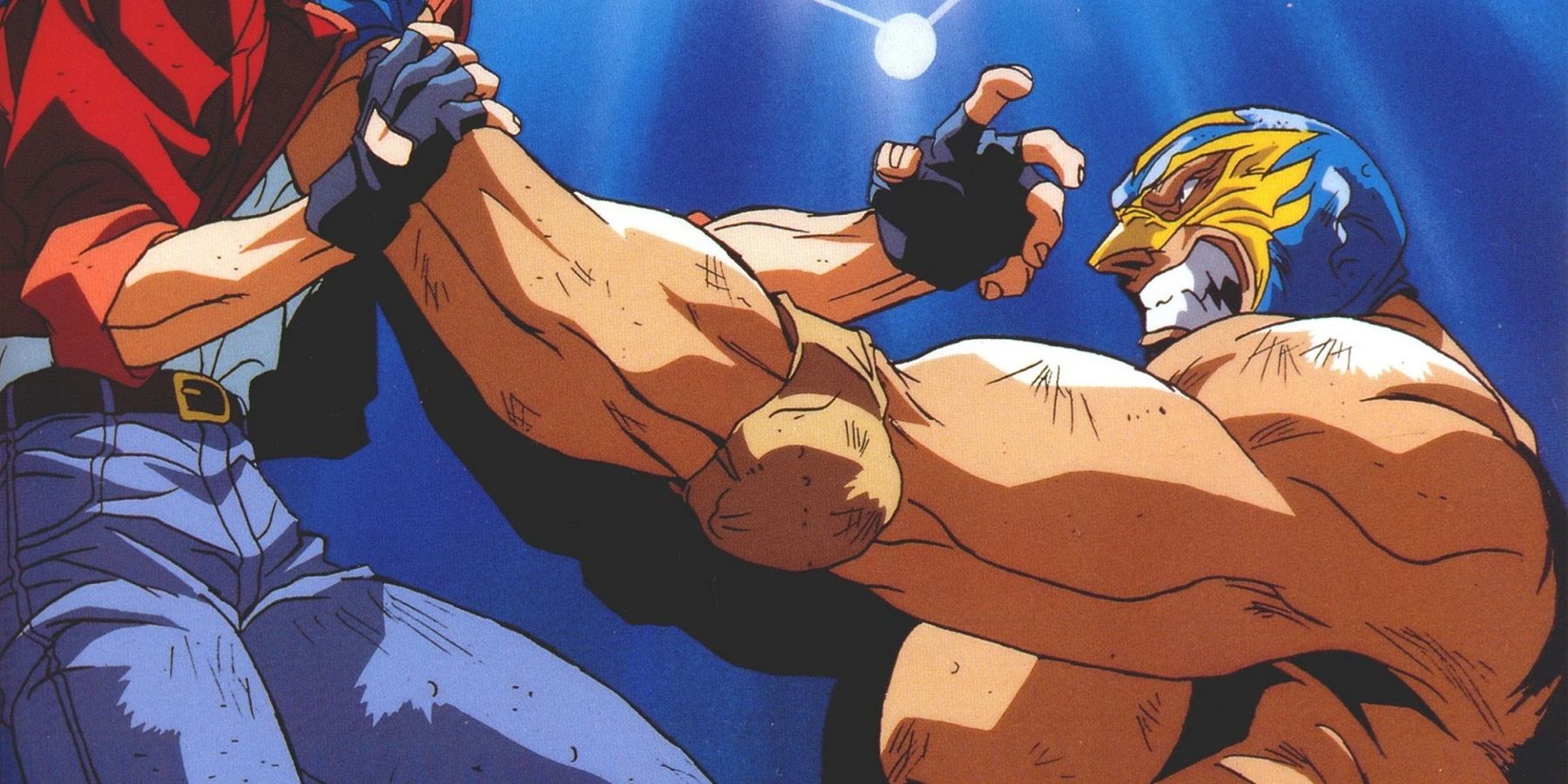
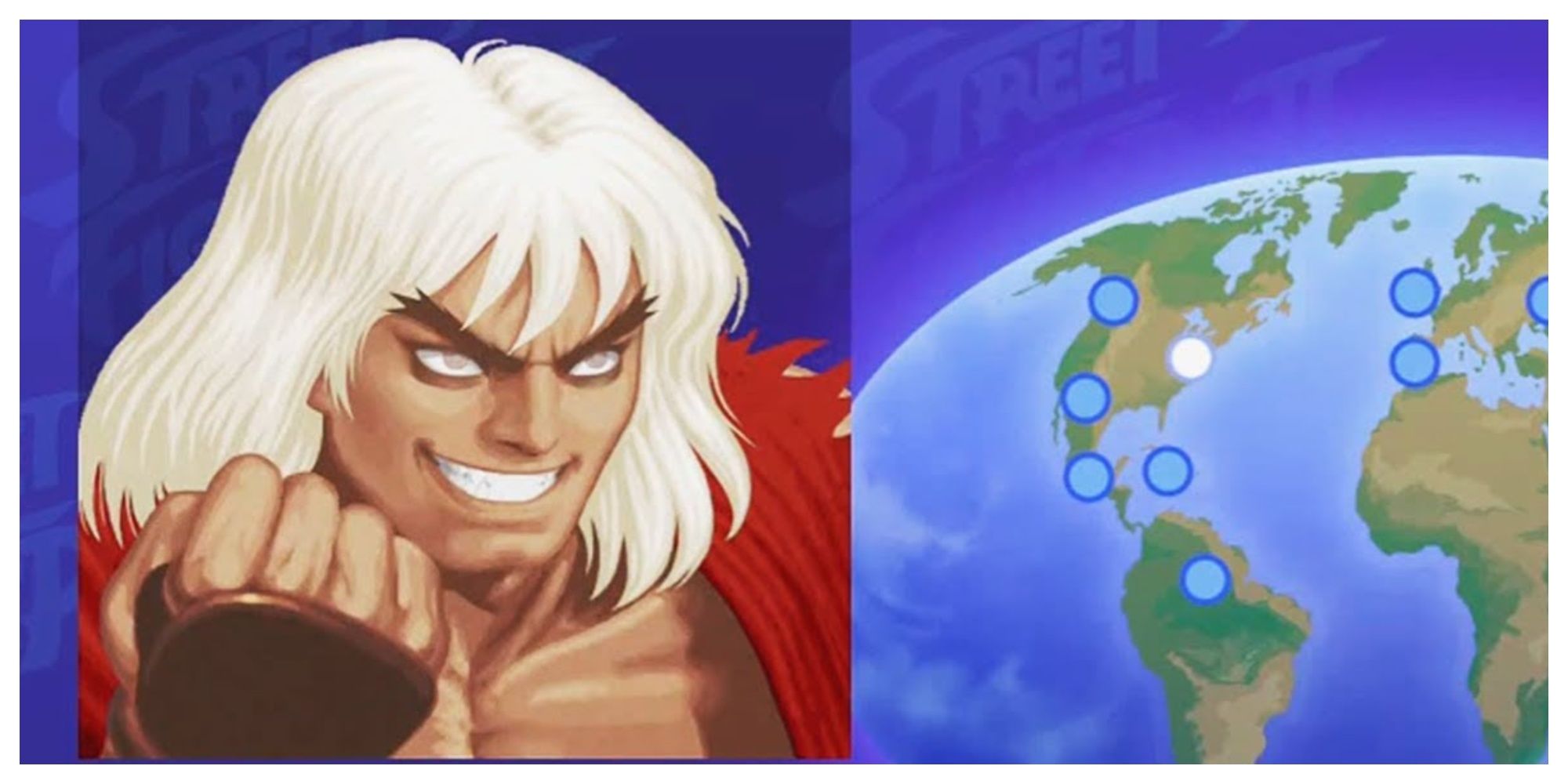
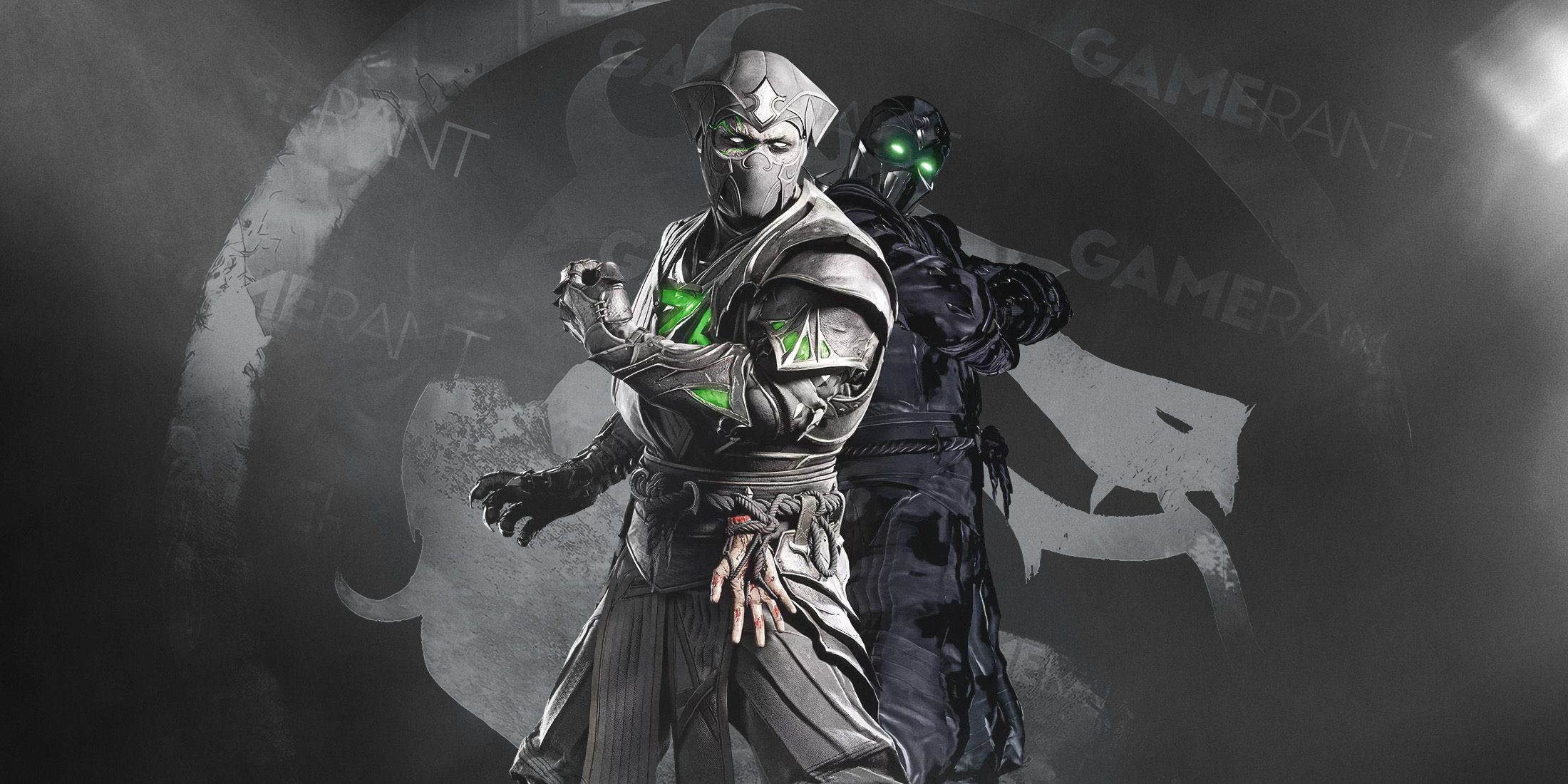
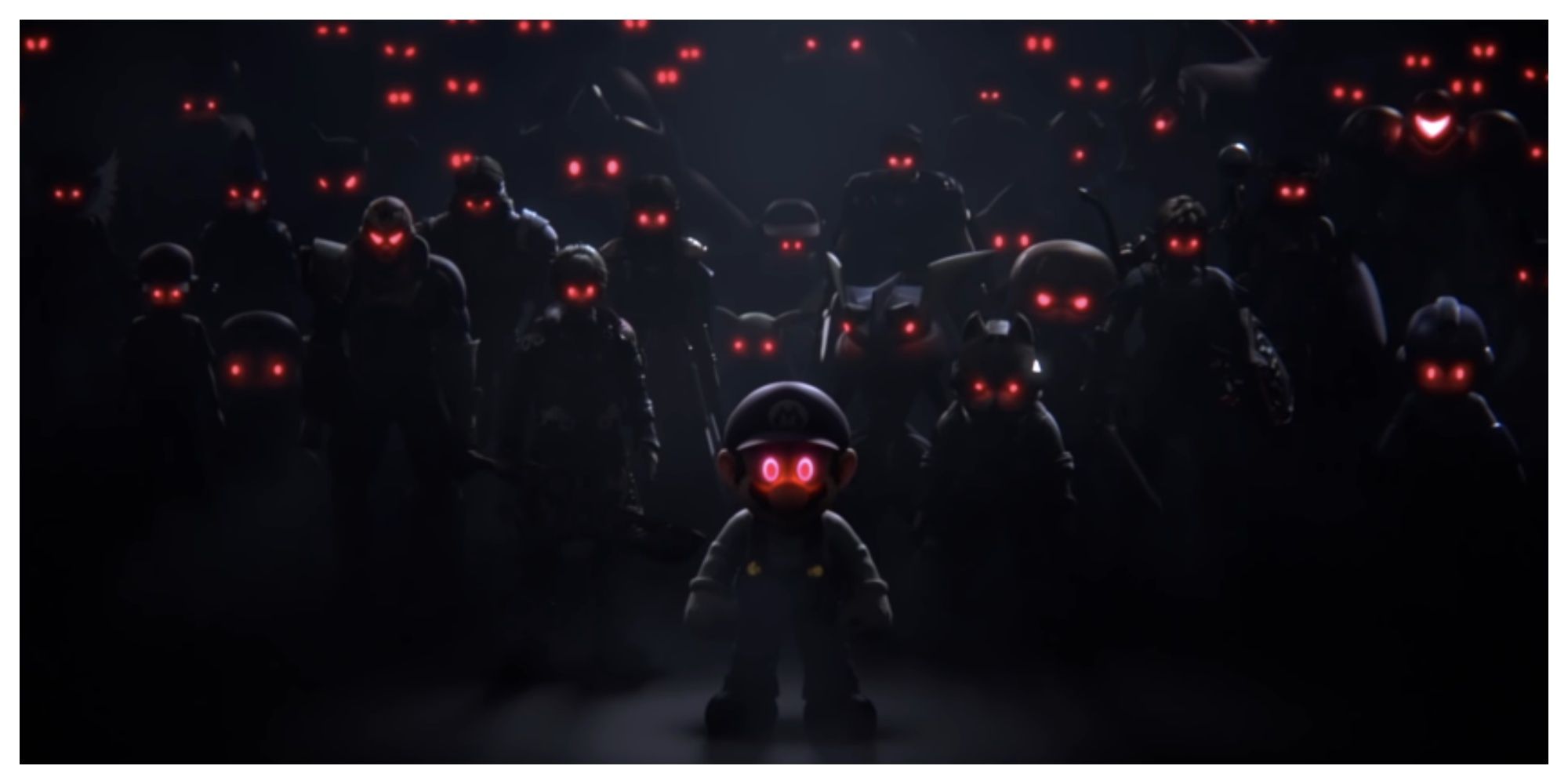



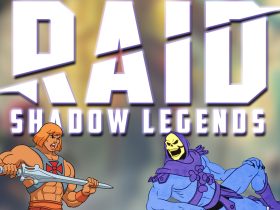
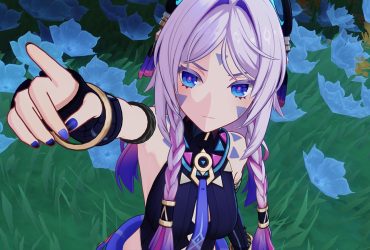
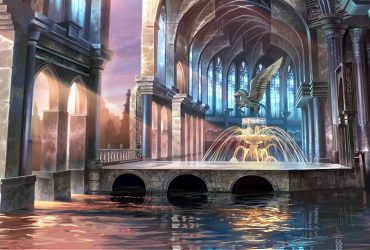
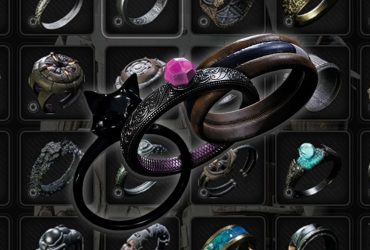

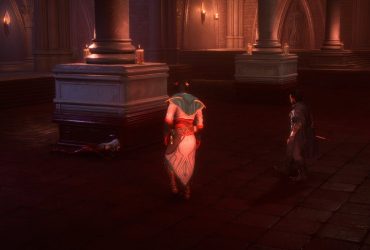
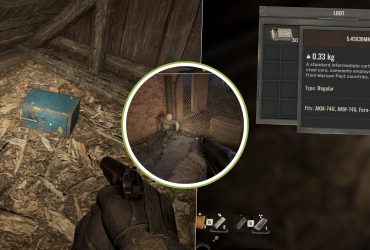
Leave a Reply